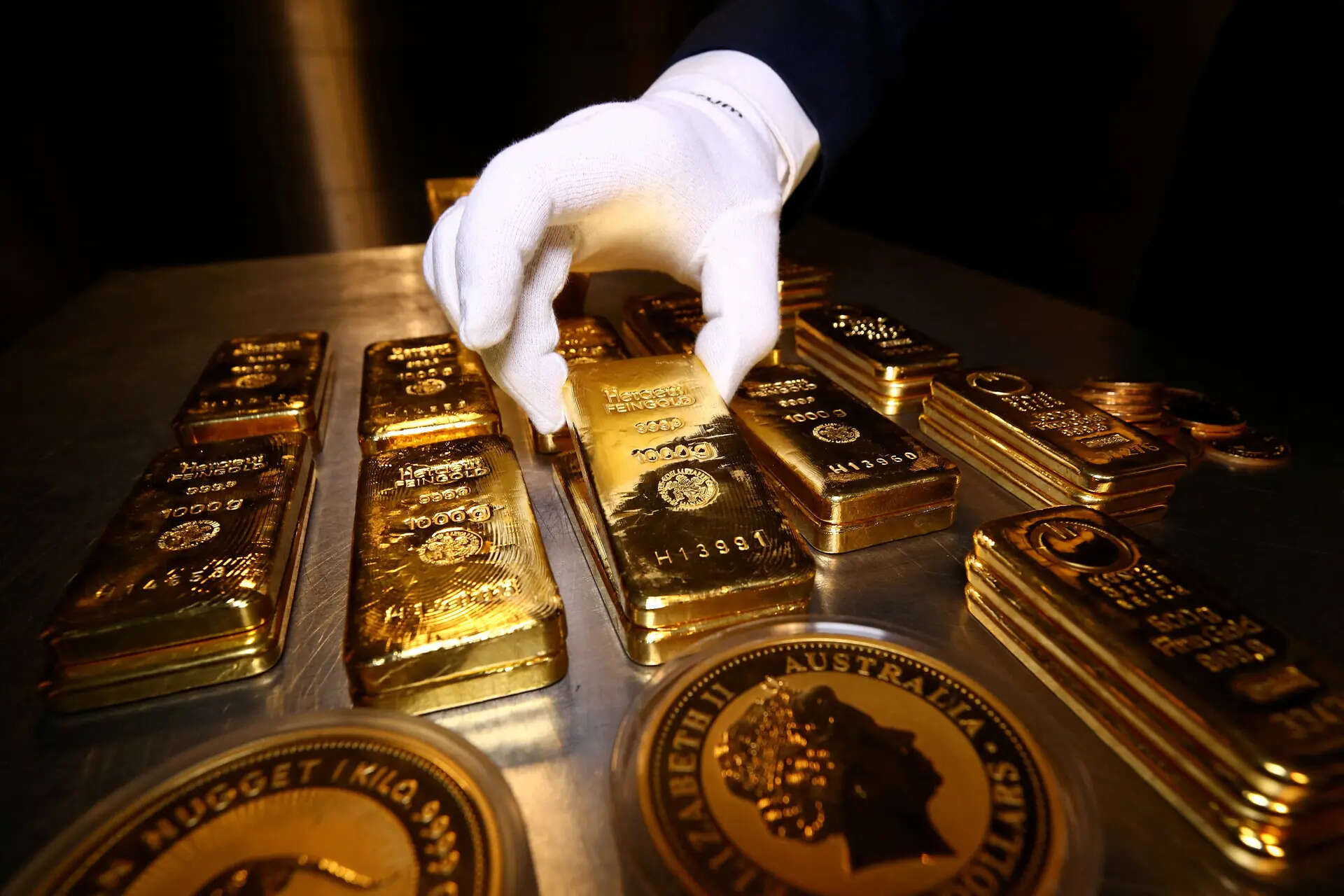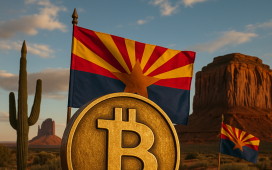
Globally, the demand for gold in the January to March period stood at 1,206 tonne, a one per cent increase year-on-year, in a record high price environment, in which gold surpassed US$3,000 per troy ounce, according to the figures released by the World Gold Council (WGC) on Wednesday. The figures are for the Q1 of calendar 2025.
The gold ETF revival fuelled a more-than doubling of total investment demand to 552t, a 170 per cent year-on-year increase and the highest since Q1 2022. ETF inflows accelerated around the world, totalling 226t in the first quarter, as price momentum and tariff policy uncertainty drove investors to gold as a safe haven.
Total bar and coin demand increased 3 per cent year-on-year, remaining elevated at 325t during Q1, spurred by a surge of retail investment in China, which posted its second-highest quarter on record. Eastern investors drove much of the global demand for bar and coin, offsetting Western weakness as appetite in the US dropped 22 per cent year-on-year, alongside a modest 12t recovery in Europe, but from a very low base in the same quarter last year.
Central Banks are now entering their 16th consecutive year of net-buying, adding 244t to global reserves in Q1 amidst ongoing global uncertainty. While this level of demand was 21 per cent lower year-on-year, it remains robust and in line with the quarterly average for the last three years of sustained, strong buying.
Unsurprisingly, jewellery demand was negatively impacted as gold hit 20 all-time price highs in Q1. Volumes reached their lowest point since demand was stifled by the COVID pandemic in 2020. However, the jewellery market remained relatively resilient, especially in value terms, given extreme price pressures. The first quarter saw a 9 per cent year-on-year increase in consumer spending to US$35bn, with every market except China seeing an increase in the value of gold jewellery demand.
Total gold supply was relatively flat year-on-year, at 1,206t in the first quarter, as record Q1 mine production was offset by slightly lower recycling. Technology demand was also stable at 80t, compared to Q1 2024.
Louise Street, Senior Markets Analyst at the World Gold Council, commented: “It’s been a bumpy start to the year for global markets as trade turmoil, unpredictable US policy announcements, sustained geopolitical tensions, and a return of recessionary fears have created a highly uncertain environment for investors. In this context, investment demand for gold has paved the way for the highest level of first-quarter demand since 2019.
“Over the past 10 months, investors have returned to gold Exchange Traded Funds (ETFs), ramping up their allocations since Q3 last year, and already in April, Asian inflows have stormed past their Q1 total. However, there is still room for growth, with global gold ETF holdings sitting 10 per cent below their 2020 high.
“Looking ahead, the broader economic landscape remains difficult to predict, and that uncertainty could provide upside potential for gold. As turbulent times persist, safe haven demand for gold from institutions, individuals and the official sector could climb higher in the months to come.”













